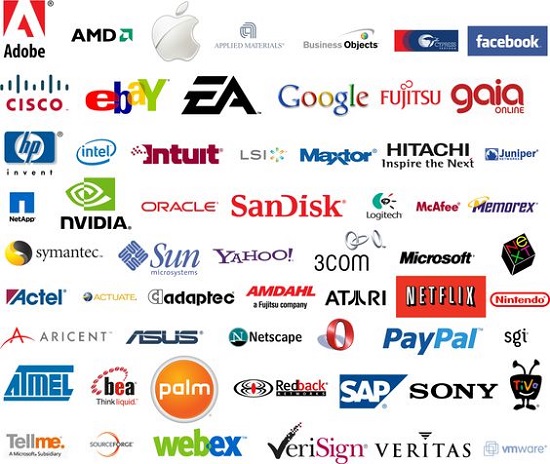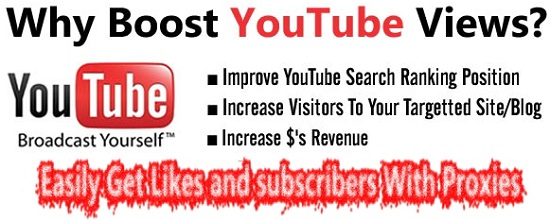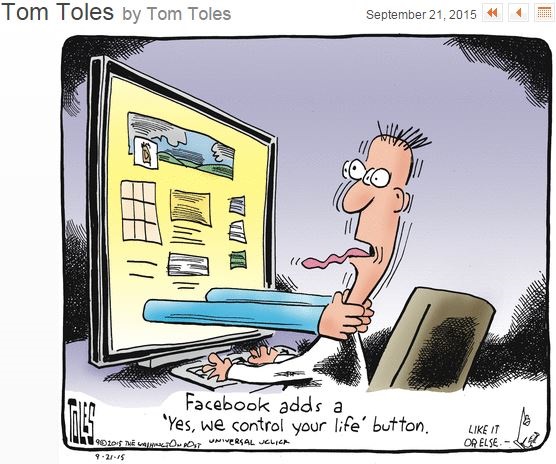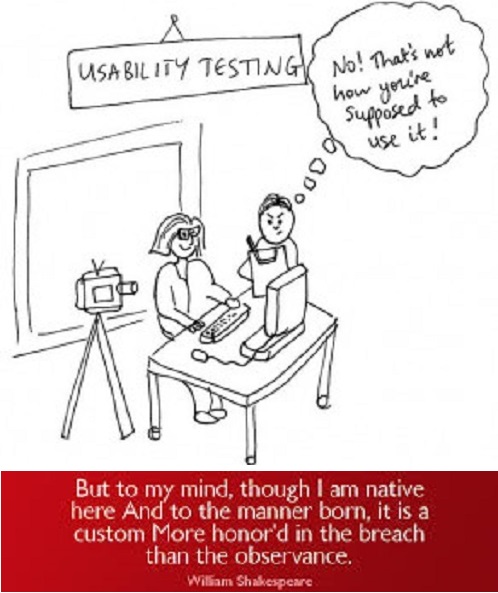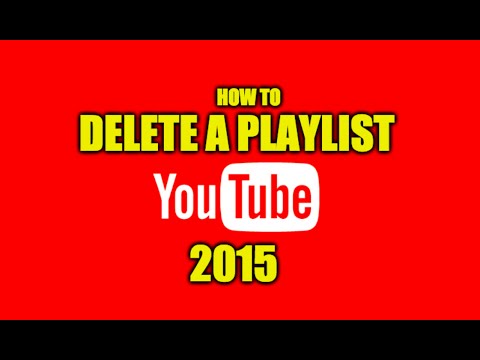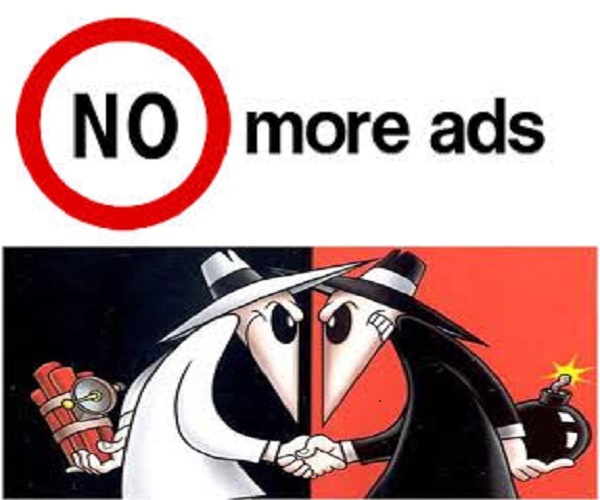Despite our repeated reminders that the multiple woes—especially housing prices, traffic gridlock, and long commutes—of tech companies’ building large staffs in the San Francisco/San Jose area, nearly all of these mainly-software organizations continue to ignore the logic of setting up new operations in other cities in the U.S. And these other cities would love to have them locate their operations in their respective cities. This phenomenon, coupled with the September 13 opening of the vaunted Cornell Tech in New York City, is so noticeable that Bloomberg Businessweek went to considerable effort to prepare a pictogram for its September 11 issue that includes about 300 metro areas (but they do not appear to be the 300 most populous cities in the U.S.) is so detailed that they couldn’t include it in their online version and an article apparently so basic that they couldn’t include it in their print version. On the horizontal (“good stuff”)axis it combined nine positive ways: rates of college education, science and engineering majors, top universities, headquarters of big tech companies, venture capital investment, share of jobs in computer-systems design and related services, broadband subscription rates, independent coffee shops (huh??),and commutes by bike/public transportation/on foot. On the vertical (“bad stuff”) axis it combined three negative ways: high home prices, lots of income inequality, and long drive times. It weighted these 12 ways equally (what else could they do?) and plotted a scattergram with city names as labels. In the upper lefthand corner (high on both good stuff and bad stuff) is the San Francisco/San Jose area (Silicon Valley), which is in the biggest “quadrant” (the quadrants are quite unequal in area) called “Both the good and the bad of Silicon Valley”. The upper righthand quadrant is “Unequal and expensive, but not techie”, the lower lefthand quadrant is “Tech without the downsides”, and the lower righthand quadrant is “ Least like the Bay Area”. The authors highlighted Boston (not surprisingly, due to its many good universities and Route 128 tech companies), Boulder, Co (high percent of households with broadband access), and Ithaca, NY (low housing cost). Ithaca??!! Well, it’s home of Cornell University which, together with partner Israel’s Technion, created Cornell Tech, and it’s the most techie of the Ivy League. (It’s also our home town, with nice summers, but awful winters … especially compared with Silicon Valley.)
Tag Archives: Worldwide Web
Crowdsourcing Companies Likely Can’t Boost YouTube Views. Can Proxy Servers?
The old adage “If it seems to be too good to be true, it probably is”. That is, it’s NOT true. Crowdsourcing companies promise a lot more than they can deliver. Our previous post proved to be way too optimistic when we tried to get a couple of those companies to actually deliver those views. What we found was that some proxy servers MIGHT do so.
However, it seems that proxy servers are as much of a bag of snakes as crowdsourcing entities. We noted during our experiments with crowdsourcing companies that some of them proposed to use proxy servers, or actually did so, but they apparently did not succeed in adding more than a handful of views. That apparently was because YouTube is too clever, and they disqualified most of the views for a variety of reasons. For example, if the crowdsource operative used a proxy server located in a country other than his/her own (which they could tell if the visiting IP was from one country in one time zone but the time of the computer to which the IP was attached was set to a different time zone), YouTube disqualified those views.
The other challenge is that most proxy server folks want to be paid in Bitcoin. While you can use dollars or credit cards or gift cards at sites like Paxful, they can be pretty expensive.
The bottom line is that many owners of YouTube channels may find it too expensive and time-consuming to boost their view counts via crowdsourcing or proxy servers.
Social Media, Especially Facebook, Unfortunately Hijacks Users of the Web … But “Better Web” May Reverse That
Facebook and a handful of other social media are so entrenched that few people think about life before them. But the Web was conceived 15 years before Facebooks’s founding in 2004. Facebook put a pretty face on the Web, and billions of people have flocked to it. And Google Search, YouTube, and a handful of other giants –fueled by tons of advertising revenues—exercise a lot of control over what people can see and do, so much so that there is growing sentiment about breaking up these monopolistic organizations. And delivering fake news or vicious propaganda from the likes of ISIS (ironically ISIS can even get PAID by YouTube while it disseminates its messages of hatred) adds further pressure for this breakup.
It will take more time, but help may be on the way from the original creator of the Web, Tim Berners-Lee. He is working towards a “Better Web” where users’ control their own (private) data. One group that should benefit from greater control of their data is musicians. The title of Jonathan Taplin’s new book, “Move Fast and Break Things”, may even have caused Facebook to foresightedly replace their eponymous former motto with “Move Fast With Stable Infra(structure)”.
Those Who Live by Google Analytics Shall Die by Google Analytics
We at Wild Bill Web Enterpises have been tracking the visitors (and other metrics) for our three websites–including TechnologyBloopers, WhyMenDieYoung, and Wilddancer—on a weekly basis using Google Analytics and on a monthly basis using our ISP for nearly two years, and are baffled by the helter-skelter, all-over-the-map, random-looking numbers Google Analytics is providing us. Apparently this is a common problem, with a lot of possible causes, including some possibilities that could be our fault (well, the lack of useful guidance from Google and other sources isn’t really OUR fault). And it isn’t that our visitor volume is so high that we are the victim of Google’s sampling process. But we, and probably millions of other website developers, find it highly difficult, even impossible, to make any decisions based on this data. Why don’t the Internet and the Web take advantage of the huge computing power of the hardware and software to provide reasonably accurate statistics so that we can make things easier and more productive for both us and our visitors?
Usability Testing: More Honored in the Breach than the Observance
The Internet and the Worldwide Web have arguably changed the path of history. And they have made companies like Google into mega successes. But those companies have also caused much consternation among their millions of users. Why? Apparently they don’t bother to check with many (or any!) of those users to see how logical and self-evident their websites and associated tools are for their target audiences. Examples abound, and we will be posting some of the more egregious. But the Internet giants could have been even more successful, and keep website visitors on their sites longer (where they would be exposed to more advertisements) if their user interfaces were less opaque. The goal is usability, which is not rocket science. Two of most used tools are the Chrome browser and YouTube, which we will discuss in separate posts.
Ads Based on Recent Shopping Miss Their Target
I was shopping for MEN’s pickpocket-proof travel pants, and I must have visited travelsmith.com in my search. That was on Monday, May 2. Now, on Wednesday, May 4, EVERY site I visit—on searches totally unrelated to clothing—I am dealt a Travelsmith WOMAN’S Walkabout Knit Short-Sleeved Drape-Neck Top. I hope that Travelsmith is not paying Google (I am using Chrome) or another ad-dealing company very much for these ads. What is their logic? Do they think that I want to buy my wife this top (admittedly, at $27 it IS a lot cheaper than the pants)? Fortunately, after repeating this advertisement ad nauseum, Google graciously offered to let me fine-tune my ad preferences. Hmmm.
But there must be millions of other victims of these faulty algorithms. And some folks, such as the Wall Street Journal’s satirist Joe Queenan, are even more outspoken (e.g., in his ridicule of Amazon, Expedia, and Netflix).
Live by the Sword, Die by the Sword
But it’s already too late to put the sword back in its place. The Internet, the Worldwide Web, Google Search, social networks, and other on-line miracles have given billions of people capabilities they never had dreamed of. But in their haste the makers of these tools have also enabled evil-doers capabilities beyond the masses’ worst nightmares. History is full of other technological advances that have been used for both good and evil purposes, but more recently cyberattacks have permitted individuals or small groups, sitting in safety at their personal computing devices, to wreak havoc on millions of innocent victims. These cyberattacks appear to be increasing in frequency and scope of havoc. Most recently several news sources reported the charging of an Iranian hacker on March 24 of his 2013 attack on a dam in Rye Brook, NY, which he found vulnerable using a technique called Google Dorking. (The wheels of justice certainly turn slowly … especially compared with the speed of computers and their hacker masters!)
Apparently he did not use his knowledge to operate the sluice gate of this small dam (perhaps because it was disconnected from computer control at the time). And although this dam is in a rather backwater community (pun intended) and not much of a threat to national security or even significant injury to people or damage to property, the ability of the hacker to infiltrate the computer system demonstrates a capability to attack a much bigger and more dangerous dam or other strategic infrastructure such as an electric power grid.
The really scary thing is that almost certainly many other sectors are under similar attacks. One such sector is hospitals. Within the last two months the computer systems at the Hollywood Presbyterian Medical Center, the Methodist Hospital in Henderson, KY, and the MedStar Georgetown University Hospital in Washington, DC were crippled by cyberattacks. These were not minor incidents; the overall MedStar 10-hospital group has 30,000 staff and 6,000 affiliated doctors. And patients in critical condition could die from the delays caused by inoperative computer systems.
Another sector is financial. On March 29 hackers breached the security at two large law firms whose giant Wall Street banks and corporate clients are constantly dealing with confidential matters, knowledge of which could net hackers millions of dollars through insider trading.
The general populace can only hope that the responsible governmental agencies are working hard to identify strategic facilities throughout the U.S. and its allies, and alert vulnerable ones so they can take steps to minimize the dangers from Google Dorking and other hacker nastiness. And also hope that “white hat hackers” (the good guys)–the modern-day equivalent of yesteryears’ vigilantes—step up their activities. It would help considerably if these strategic facilities would reward these hackers for their efforts.
How Does YouTube Choose the Next Videos After the One You Wanted?
Anyone who uses YouTube more than a couple of times, and plays the video s/he selects, can’t help but notice that YouTube–all by itself—chooses a bunch of other YouTube videos and queues them up to play one after the other. YouTube says that The autoplay feature on YouTube makes it easier to decide what to watch next. After you watch a YouTube video, we’ll automatically play another related video based on your viewing history. If so, their memory of the viewing history must be pretty short or awfully inaccurate … or perhaps it was reacting against the highly-materialistic nature of my chosen video, or trying to tune my aura, or something. Because when I played Cuda Janet (Birthday Song for my wife who was and is the proud owner of a 1970 Plymouth Barracuda), the next three videos were very touchy-feely: Light Transmission by Mirabai (Please view this video in silence and open your heart to receive), Mantra to remove Negative energy, and and Mantra to increase Good luck and positive energy. While it was nice for YouTube to try improving my mood, it wasn’t very useful. And apparently this autoplay feature, and changes to its implementation, have been extremely unwelcome to lots of other folks.
“Fair Use” of Copyrighted Material Gets (a Little) Justice
Did Stephanie Lenz make a bag of money from her video that Universal would otherwise have made? It seems that actually Universal and Prince got a lot of free advertising out of it starting in 2007, no? A U.S. Circuit Court of Appeal has just struck a blow against the hubris of music publishers such as Universal who send out takedown notices at the drop of a hat. If every YouTube (or Vimeo et al) video that borrowed a little, or even a lot, triggered so much legal argy-bargy, there wouldn’t be enough lawyers and judges on the planet to deal with it all. Similarly for the print world, and look at all the examples of “the pot calling the kettle black”:
-Google violated copyrights wholesale by scanning millions of books; but didn’t that provide a service to humanity by making intellectual content available for out-of-print volumes?
-Facebook was essentially a college Freshman Register; could it have been sued by thousands of universities collectively?
-Amazon’s Kindle refuses to let owners copy even one word. So all students writing term papers are back to the archaic 3×5 cards in the digital age. How stupid can they be, especially in the days of the Turnitin plagiarism checker technology?
Will There be a Useful Truce Among Ads and Ad Blockers and Ad Blocker-Blockers?
History buffs may liken this situation to the spy-and-counter-spy among countries. It surely seems to us at Technology Bloopers to be a great waste of resources and a great inconvenience to the more than 3 billion current users of the Internet today. Most users have already been spoiled by the “free” goodies they enjoy in return for their viewing increasing volumes of advertising. This arrangement has been around for at least 150 years in newspaper and magazine publishing, although most of the important hard-copy publications make their revenue from a combination of subscription fees and advertising purchases. By contrast, the much more recent Internet is mostly free to users and paid for by advertisers. Some interesting exceptions are Wikipedia, language-learning site Yabla, and purchase or rental of plugins and themes for WordPress. In the opinion of Technology Bloopers, there are many Internet sites for which users would pay reasonable fees, which would reduce the conflict among the titans of Silicon Valley. Google has contributed great gobs of technology but financed it heavily with ads. But users have had their fill of ads, leading to a rapid growth of ad blocking software. And some of the ads are so intrusive (the ones on SpanishDict.com are the worst in our experience, interrupting users with highly-distracting audio and video) that they cry out for ad blockers … and boycotting of such sites in favor of more ones that are less obnoxious. The advertisers have been spooked by this software, leading to a rapid growth of software that undoes the blocking. Most recently Apple has jumped into the fray with its own ad blockers, which is a welcome counter-force, though actually Apple has its own ads buried in its Apps, so the only beneficiary is Apple, while Google loses business and consumers continue to be annoyed by ads.

